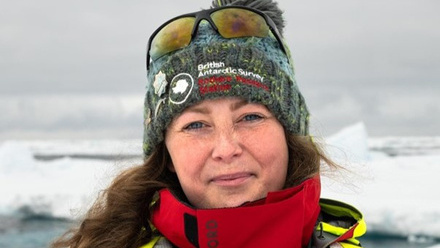The march of the penguins: are lost polar creatures on the rise?
It’s Christmas, and polar bears, penguins, and reindeer are appearing on cards, jumpers and in shop windows in many countries. But, in the natural world, polar creatures are also turning up in unusual places. For instance, this November an emperor penguin was found on a beach in Western Australia, more than 2,000 miles from his home in Antarctica.
Here, Conor Savage, the chair of our Polar Regions Special Interest Group, discusses this phenomenon, and why it might be on the rise.
There appears to be an increasing trend of polar-based animals turning up where they shouldn't, so it's something we should be on the lookout for happening more often. Scientists are starting to speculate that climate change is playing a part, but there is no proof yet.
In the case of Gus, the penguin in Western Australia, it could be any number of factors. For instance, he could have been a failed breeder – a penguin that has not successfully reproduced this season. Such penguins often do not return to the colony and instead spend this period exploring and feeding to build up energy reserves for the upcoming moulting period in January/February.
Moulting is the process of shedding old feathers and replacing them with new ones. This annual event is called a ‘catastrophic moult’ because penguins lose all their feathers at once, unlike other birds that lose them gradually. After this, emperor penguins return to their colonies around March/April when sea ice becomes stable enough to support their activities. At that time, they begin courtship and prepare to restart the breeding cycle.
However, it is extremely rare for emperor penguins to appear in Australia, though they have appeared in New Zealand before. It’s also very dangerous as they’ve entered an alien environment, with unknown predators and human activity, which they are not used to.
And polar creatures appearing in odd places is certainly more common than ever. A well-documented example is of Wally the Walrus, who caused a splash when he appeared in County Kerry, Ireland in 2021. He then proceeded on a grand tour of the UK, France, and Spain, before heading northwards and finally being spotted in Iceland.
Our Polar Regions SIG is keeping a close eye on the rise in these occurrences. Many of our members are working on why polar animals are changing their behaviours, and we are considering the latest developments and how we can contribute.
Join the Polar Regions SIG.

